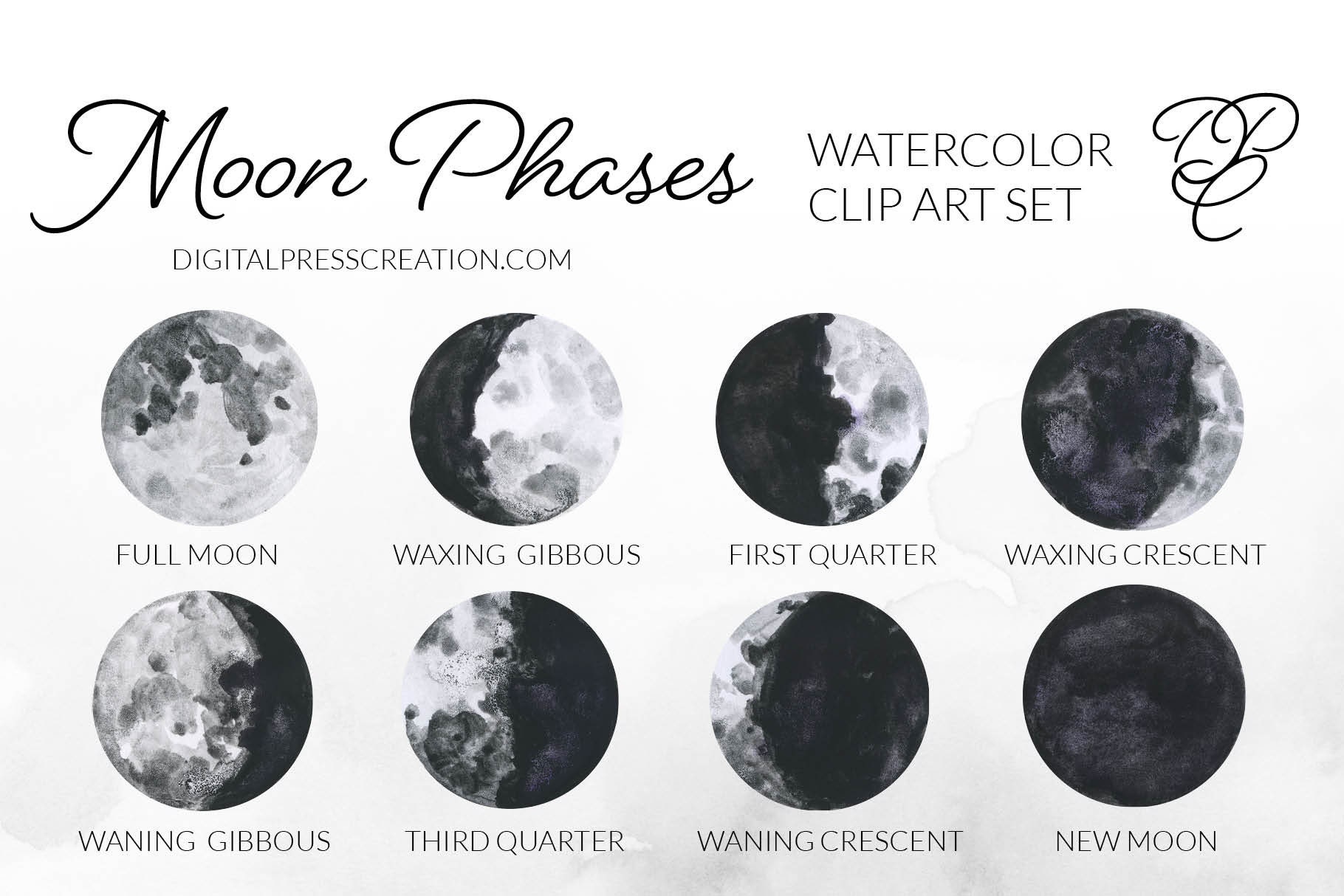
When you hear “parasites,” you may think of traveling. ( 8, 9, 10 ) When the Critters Inside You Come Out to Play Parasites can also use this neurotransmitter to communicate with each other. An increase of serotonin during this time helps increase parasites’ mobility. In addition, serotonin impacts parasitic behavior. But a sudden spike in normally healthy levels - like during the fullest phase of the moon- might also offset your behavioral and mental state. Low levels of serotonin are typically associated with anxiety, depression, and insomnia. While melatonin naturally decreases, your serotonin levels increase. During this time, your immune system is more vulnerable. Melatonin is a neurotransmitter that sends critical messages within your brain and nervous system. Melatonin levels naturally drop every fullest moon phase. The lunar cycle has an interesting impact on your hormones and chemical balance.

What could be the cause for unexpected changes in your body? Serotonin, Melatonin, and the Lunar Cycle You suddenly are crankier than usual, or spend a restless night tossing and turning in bed. Once you pay attention to the lunar calendar, you may notice certain behavior and mood changes every month around the fullest phase of the moon. A black moon is a second new moon within one month.

There are twelve different major moons a year:Īlong with these twelve moons, you may also hear the terms "supermoon" or "black moon." A supermoon happens a few times each year, where that month's moon is as much as 30 percent brighter or 14 percent bigger than usual. Horror films have leaned on certain moon legends - from werewolves to increased violence amongst psychiatric patients. For centuries, scientists and naturalists alike have studied and hypothesized the moon’s effects on humankind. It’s not only nature that answers the call of the lunar cycle. For Australia’s Great Barrier Reef, the fullest moon every November is crucial, as more than 130 coral species spawn together. The lunar cycle has a unique link to nature - to animal mating habits, to the ocean tide, to certain plants’ pollination.


 0 kommentar(er)
0 kommentar(er)
